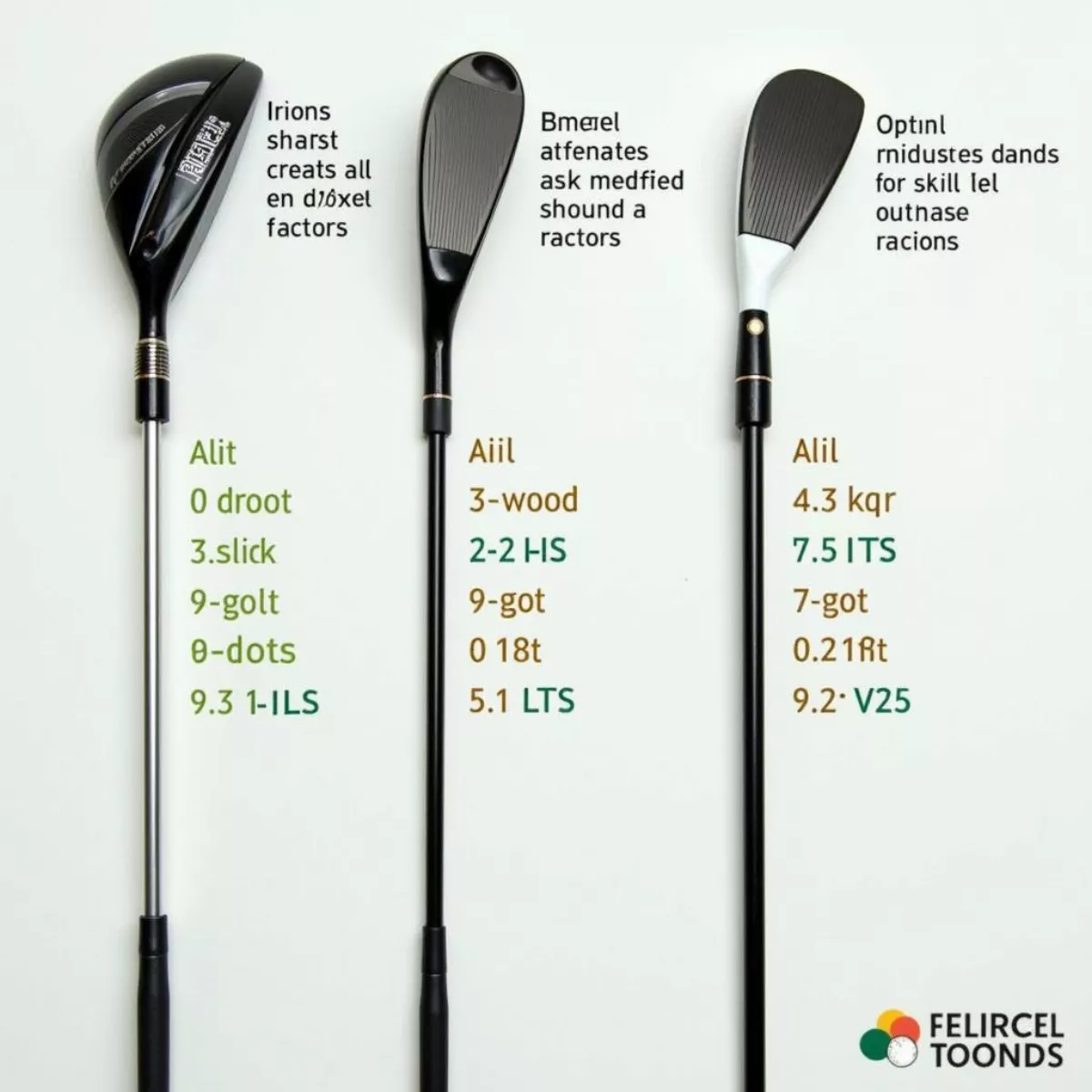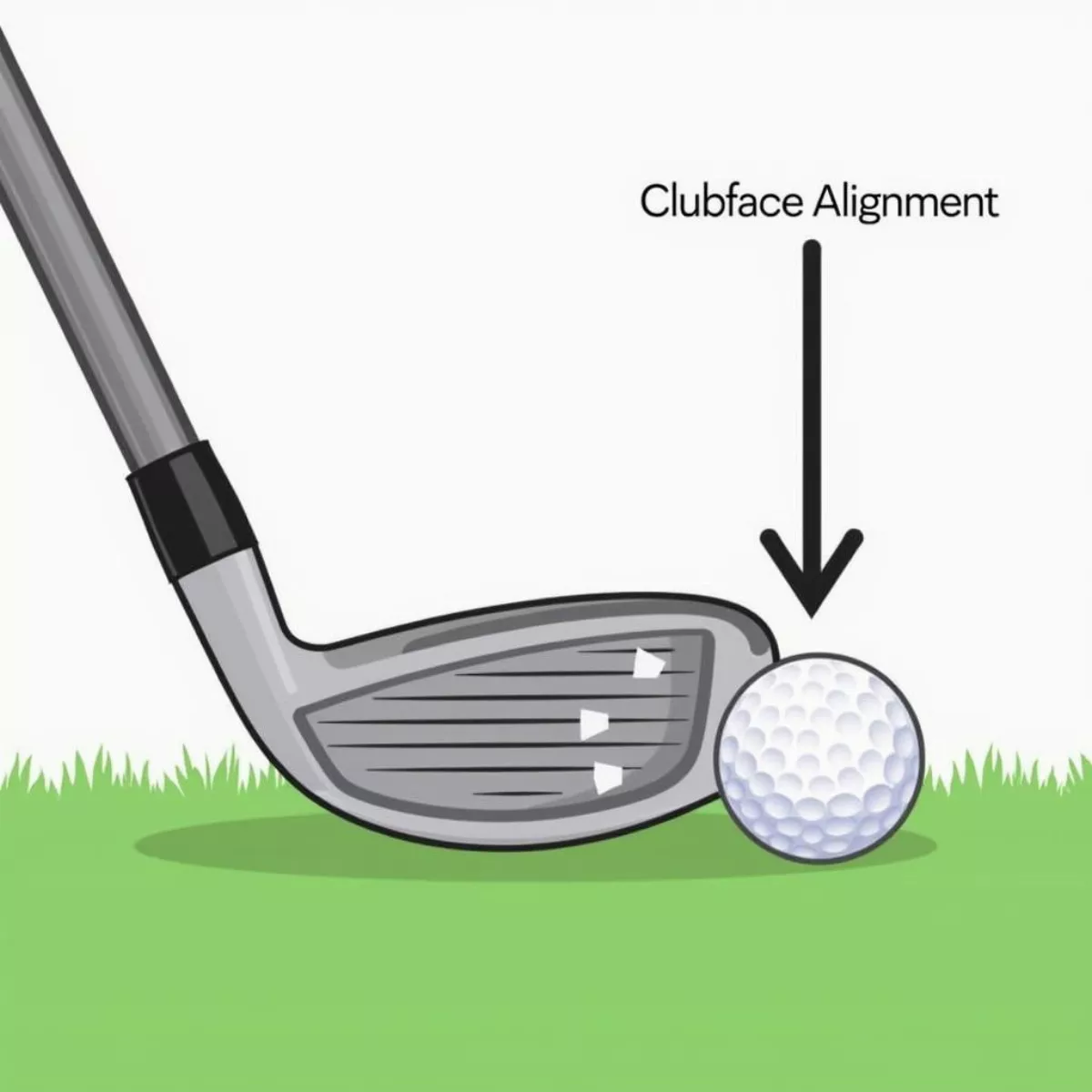When it comes to improving your golf game, the term smash factor often comes up in training sessions, discussions with fellow golfers, or advice from your coach. But what exactly does it mean? In this article, we will dive deep into the concept of smash factor, its significance, how to calculate it, and ways to improve it for better performance on the golf course.
What is Smash Factor?
Smash factor is a metric used to evaluate the efficiency of a golfer’s swing. It represents the relationship between the speed of the clubhead at impact and the speed of the ball once it leaves the clubface. In simpler terms, it measures how effectively you transfer energy from your club to the golf ball.
The formula to calculate smash factor is:
[ text{Smash Factor} = frac{text{Ball Speed}}{text{Clubhead Speed}} ]
For example, if your clubhead speed is 100 mph and your ball speed is 150 mph, your smash factor would be 1.5. This suggests that for every unit of speed through the club, you’re generating 1.5 units of speed with the ball.
Why Smash Factor Matters
Understanding and improving your smash factor is crucial for several reasons:
- Distance: A higher smash factor means more distance. For every increase in your smash factor, you can expect longer drives and uniformly better distances across your clubs.
- Efficiency: Higher efficiency leads to better strikes and more consistent ball flight. You’ll find your mis-hits become less detrimental when you boost your smash factor.
- Game Improvement: Smash factor is a valuable metric in tracking your progress. Monitoring changes can help identify areas needing attention.
Smash Factor Benchmarks
Smash factor standards differ depending on the type of club used:
| Club Type | Average Smash Factor | Optimal Smash Factor |
|---|---|---|
| Driver | 1.5 – 1.55 | 1.5 – 1.52 |
| 3-wood | 1.4 – 1.5 | 1.4 – 1.45 |
| Irons | 1.3 – 1.4 | 1.35 |
Achieving an optimal smash factor is essential to maximize performance, especially with your driver since it sets the tone for the rest of your game.
 Golf Club Types Comparison
Golf Club Types Comparison
How to Measure Smash Factor
To measure your smash factor, you’ll need access to a launch monitor, which tracks various data points, including clubhead speed, ball speed, spin rate, and launch angle. Here’s a simplified step-by-step guide:
- Setup: Position your launch monitor on the range or just behind the tee.
- Warm-Up: A proper warm-up prevents injuries and improves accuracy.
- Take Your Shots: Hit a series of drives. The more data, the better your insights will be.
- Analyze Data: Review the data, focusing on ball speed and clubhead speed to calculate your smash factor.
Various products, such as the TrackMan or FlightScope, offer this technology to golfers, from amateurs to professionals.
Factors That Affect Smash Factor
Increasing your smash factor involves understanding the various elements that affect it. Here are some key factors:
- Ball Position: Adjusting the ball position in your stance can significantly influence contact and energy transfer.
- Angle of Attack: A steeper angle may impact how the ball compresses against the clubface.
- Clubface Alignment: Ensuring the clubface is square at impact maximizes energy transfer.
- Swing Path: A smooth and consistent swing path can enhance your smash factor.
- Equipment: Using the right clubs, fitted specifically for your swing style, can also yield better results.
 Golf Swing Analysis at Impact
Golf Swing Analysis at Impact
Tips To Improve Your Smash Factor
Here are some actionable steps you can take to improve your smash factor:
- Optimize Your Grip: Ensure a neutral grip that promotes an effective swing.
- Ball Position Adjustment: Play around with ball position to find what gives you the best results.
- Regular Practice: Work consistently on your swing mechanics at the driving range, focusing on hitting the sweet spot more regularly.
- Strength Training: Increase your core and lower body strength, leading to improved clubhead speed through your swing.
- Seek Professional Guidance: Engaging with a golf coach can offer personalized advice to fine-tune your technique.
- Analyze Your Data: Regularly check your numbers to ensure you’re on the right track.
“Improving your smash factor is like tuning a musical instrument: small adjustments can make a big difference.”
Key Takeaways
- Smash factor is a crucial metric in golf that determines the efficiency of your swing.
- It is calculated using the formula Ball Speed / Clubhead Speed.
- Higher smash factors correlate with greater distances and better overall performance.
- Regular practice, analyzing data, and seeking professional guidance can significantly improve your smash factor.
 Golfer Reviewing Performance Data
Golfer Reviewing Performance Data
Frequently Asked Questions (FAQ)
1. What is an ideal smash factor for amateurs?
An ideal smash factor for amateur golfers is typically around 1.4 to 1.5, especially with drivers.
2. Can my equipment influence my smash factor?
Yes! Properly fitted clubs can enhance your swing and impact, consequently improving your smash factor.
3. How can I measure my smash factor without a launch monitor?
While not as accurate, you can estimate smash factor through distance traveled versus the swing speed, but having a monitor is highly recommended.
4. Does my swing speed affect smash factor?
Absolutely. Increasing your swing speed can lead to higher ball speed, improving your smash factor when timed correctly.
5. Can I improve my smash factor without changing my swing?
Yes! Adjusting factors like ball position or aptitude in hitting the sweet spot can help enhance your smash factor without changing your swing mechanics.
6. What is the relationship between smash factor and ball speed?
The smash factor measures how effectively you convert swing speed into ball speed. A higher smash factor denotes better energy transfer.
7. Is smash factor important for all types of clubs?
While smash factor is essential for all clubs, it is particularly critical for drivers, where maximizing distance is often a priority.
8. How often should I check my smash factor?
Regular monitoring, at least monthly, allows you to track your progress and identify areas for improvement.
9. Does weather affect my smash factor?
Yes, factors such as wind, temperature, and humidity can influence ball performance and velocity, impacting your smash factor.
10. Can practicing golf indoors affect my smash factor?
Practicing indoors with simulators can help maintain or improve smash factor, but nothing replaces actual course conditions for understanding real-time dynamics.
Understanding and improving your smash factor will undoubtedly elevate your golf game. Whether you’re an amateur seeking distance or a seasoned golfer aiming for consistency, paying attention to your smash factor is worth the effort. Happy swinging!

